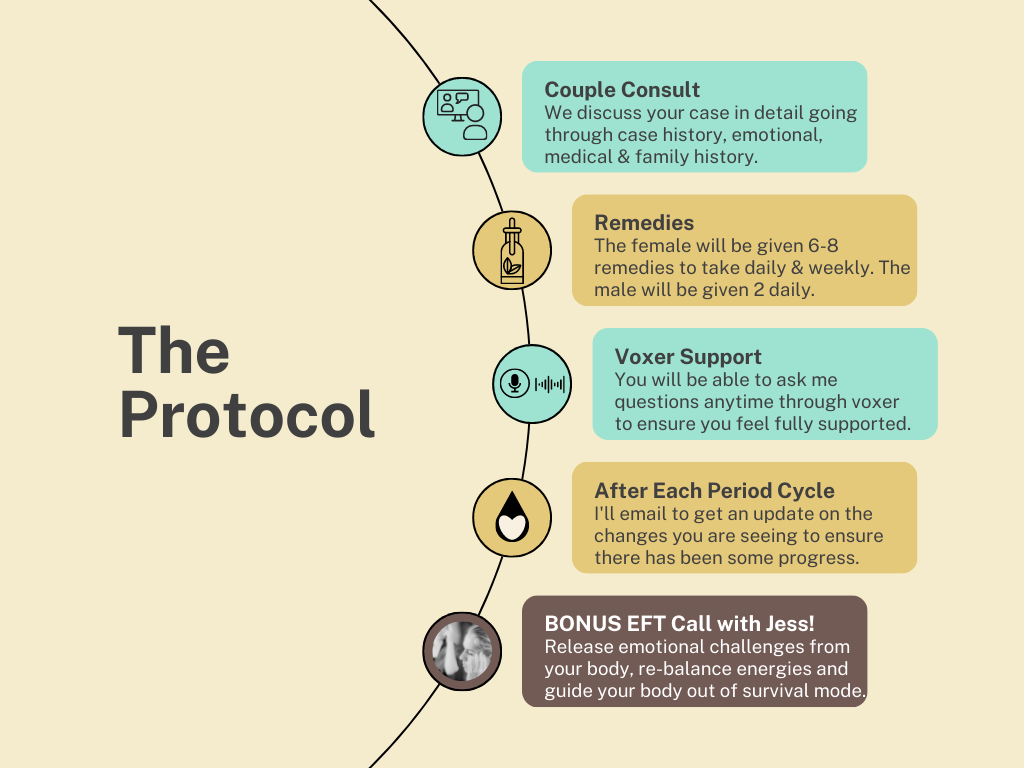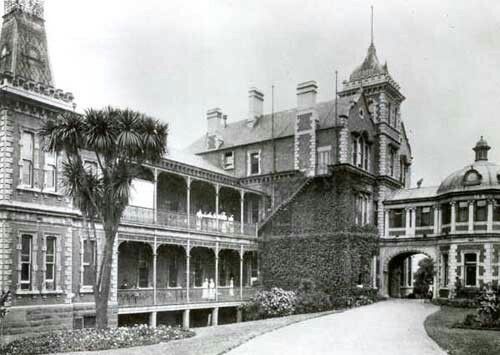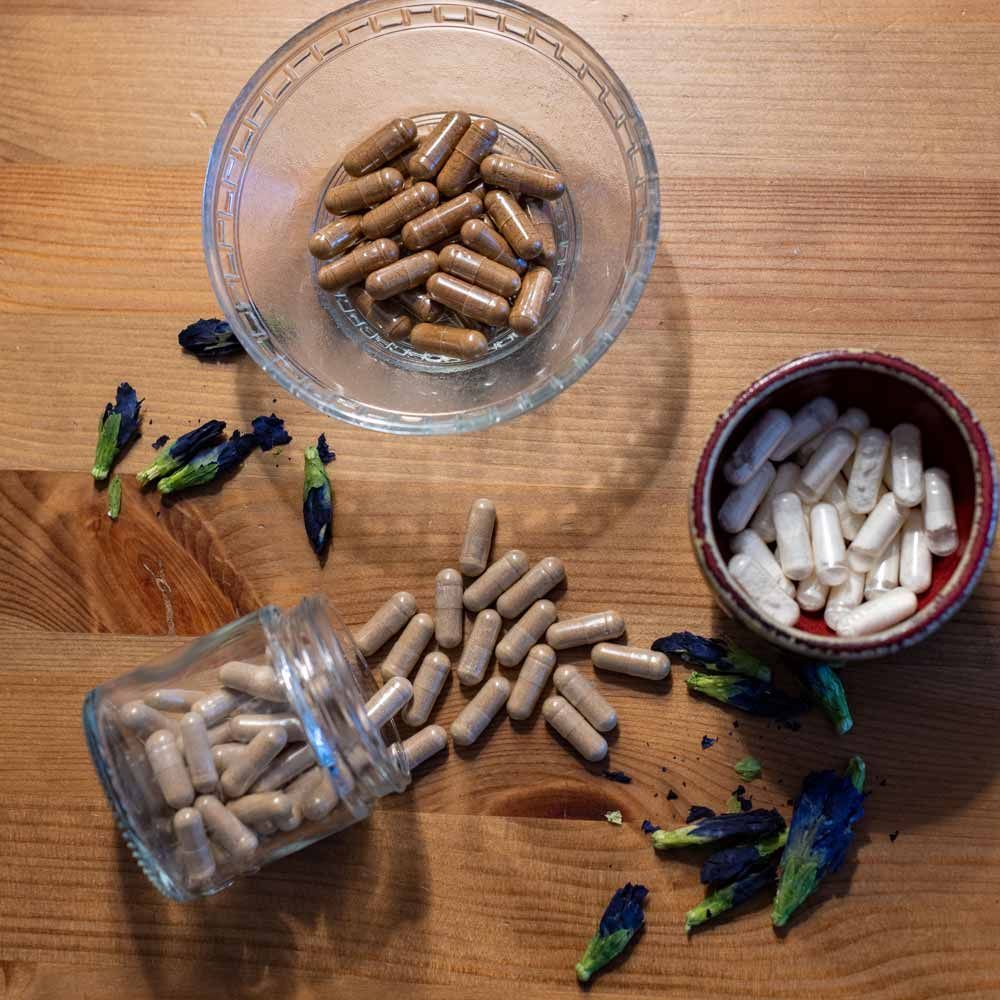Fertility Protocol
The Protocol

Unlocking the Path to Parenthood: The Journey with the Liz Lalor Fertility Protocol
Bringing a new life into this world is a journey like no other. It's a blend of hope, anticipation, and the profound desire to hold a precious baby in your arms. However, for many, this journey can also be marked by heartache, confusion, and the challenge of navigating the complexities of fertility struggles.
I understand your aspirations and your struggles. I've seen countless couples who've walked the same path, felt the same frustrations, and held onto the same dreams. That's why I'm excited to introduce you to the Liz Lalor Fertility Protocol – a holistic and transformative approach designed to help you harness your body's innate intelligence and bring the joy of parenthood closer than ever before.
The Power of the Liz Lalor Fertility Protocol
Our protocol is not just a solution; it's a beacon of hope. Crafted by the experienced hands of Melbourne Homeopath Liz Lalor, this protocol is the culmination of years of dedicated research, refinement, and clinical success. With an impressive 87% success rate, it's a testament to the possibilities that can emerge when science meets nature's wisdom.
Liz Lalor herself witnessed 391 babies born out of 445 women within just 4 cycles – a profound achievement that included complex cases such as recurrent miscarriages, endometriosis, PCOS, amenorrhoea, and anovulation. This protocol doesn't just address the physical aspects of fertility; it embraces the emotional turmoil that often accompanies this journey.
Navigating the Protocol
As you embark on this transformative journey, through each step, each cycle, and each emotion we will be there with you along the way. Over a span of 4 months, we'll closely monitor and support you, as this protocol has proven its effectiveness over 4 menstrual cycles.
Through personalised consultations, we'll gain insights into your unique case history, ensuring our approach is tailored to your needs. The protocol involves the strategic use of homeopathic remedies at different stages of your cycle, with the aim of restoring hormonal balance, regulating cycles, and enhancing your body's natural fertility processes.
Embracing Hope and Results
What can you expect from this holistic journey?
Remarkable transformations await. Women often witness changes within weeks – from healthier menstrual flows to enhanced cervical mucous production. Irregular cycles find their balance around the 28-day mark, and premenstrual symptoms like bloating and cramps may fade away.
For males, the protocol brings positive shifts too. After just 3 months, a sperm analysis can reveal enhanced sperm quality, offering a glimpse into the journey's promising trajectory.
You're Not Alone
Beyond remedies, our protocol nurtures a supportive community. With Voxer access, you're connected in real time for your queries. A dedicated Facebook group offers the chance to share experiences, sympathise, and find strength in the camaraderie of those on similar journeys.
So, if you're longing for that moment when your dream becomes reality, if you're yearning for the warmth of a little one in your arms – the Liz Lalor Fertility Protocol is here. It's not just a protocol; it's a lifeline of hope, a beacon of change, and the journey to a future you've always envisioned. Embrace the possibility and let's take this transformative step together.











